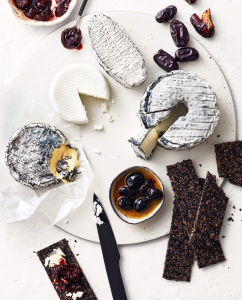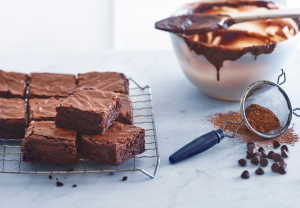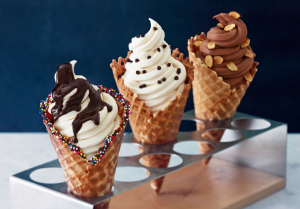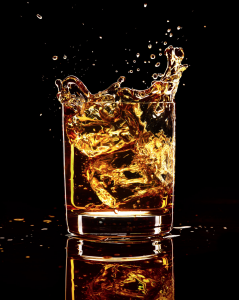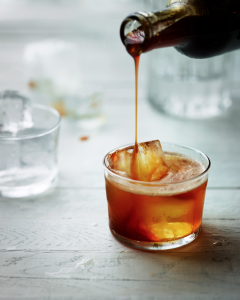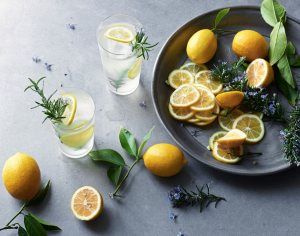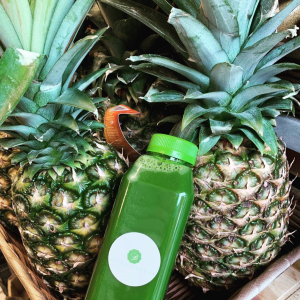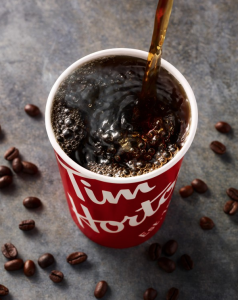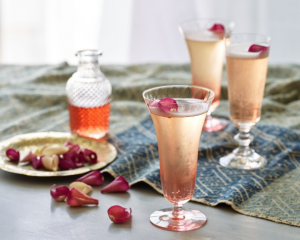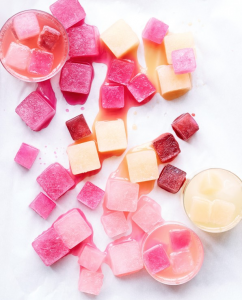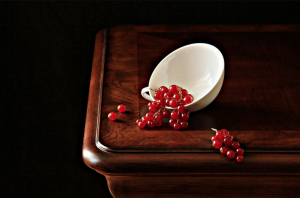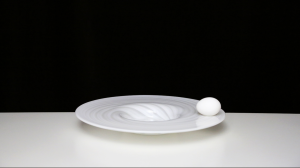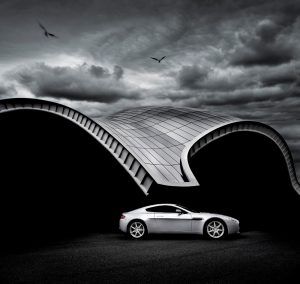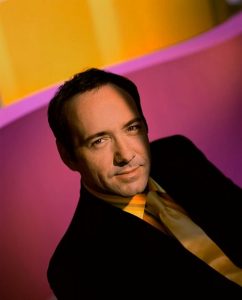Demi Moore’s photograph was shot by Annie Leibowitz, a decorated photographer who most recently has taught a lesson on masterclass platform. This photograph was taken for Vanity Fair, headlining their cover of the August issue, 1991. It was a cultural shock for a repressed society who some viewed the pregnant female body as obscene or repulsive, much less having it grace the cover of a leading publication bare.
Demi’s body is turned to her right, but her face is captured in a three quarter view. I suspect broad lighting is used here by way of the larger area of her face being lit with the shadows sitting on her right eye, cheekbone and chin. The background is flat and free of distraction, allowing you to focus on Demi. Demi is standing, and has created a “hand bra” or used her arms to simultaneously cover her breast and embrace her belly. This frames the focal point of the photo.
Beyonce photo was captured by Awol Erizku. It’s intended purpose was her public pregnancy announcement across social media. Culturally, it was embraced and celebrated as it (at the time) went on to be the most “liked” photo of 2017. Times have changed.
Beyonce’s body is also turned to her right, but she is kneeling. Her face is slightly off-center but not enough to qualify as three quarters. The photo is well lit, I am going to assume a butterfly and a hair light might be in use. The veil makes it difficult to determine because of the appearance of minimal shadow, which I only see on her neck. Her hands are placed more closely together, encasing her “bump”. She is visibly earlier in her pregnancy than Demi. The colors of this photograph are rich and vivid, from the blue sky, eclectic flower arrangements (which frame Beyonce as the focal point), to the green hue of the veil, and baby blue fringe of her bottoms. This all helps to add texture, layers, and a depth to this photo.

